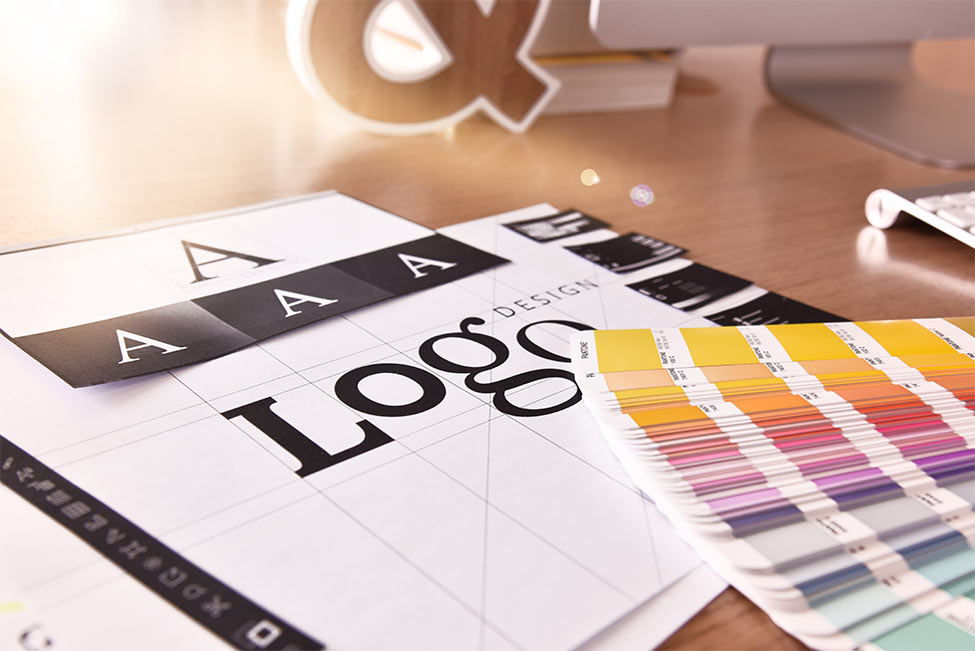Table of Contents
Unraveling the Essence of a Logo
So, what is a logo, truly? In its simplest form, a logo is a combination of design elements like colors, fonts, and images, uniquely put together to represent a brand. But in the vast universe of branding, it carries deeper significance. A logo is like your brand’s handshake, the first impression you make when introducing your business to the world. It encapsulates a brand’s entire narrative in one compact visual form.
Why Every Small Business Needs a Logo
First Impressions Matter: The first interaction most customers will have with your business is through your logo. A well-designed logo communicates professionalism, trustworthiness, and quality.
Recognition in the Marketplace: A distinct logo helps your business stand out in a saturated market, making it instantly recognizable to returning customers.
Conveys Brand Identity: Every brand has a story, and a logo speaks that story succinctly. It conveys the brand’s personality, values, and promise.
Crafting the Perfect Logo: Elements to Consider
Color: The palette you choose plays a crucial role in your logo’s effectiveness. Each color has its own psychology. For instance, blue symbolizes trust and reliability, making it a favorite for banks and corporate entities. Red, known to evoke urgency and excitement, is frequently seen in the logos of fast-food chains. Green, which signifies tranquility and nature, is favored by eco-friendly brands and wellness industries.
Style: Whether you lean towards a modern minimalist approach or a detailed vintage design, the style should mirror the brand’s ethos and appeal to the target audience.
Fonts: The typeface you opt for can drastically shape the logo’s character. Classic serif fonts evoke tradition, while the clean lines of sans-serif fonts suggest modernity. Script fonts, mimicking cursive handwriting, can impart an artistic or elegant touch.
Delving into Different Types of Logos
While logos come in countless forms, they can be broadly categorized into a few types:
Wordmarks (Logotypes): These are logos made up of the brand’s name itself, like Google or Coca-Cola. They heavily rely on unique typography to stand out.
Letterforms: These are logos based on a single letter, representing the brand, like Zoom’s iconic ‘Z’ or Target’s bulls-eye.
Pictorial Marks (Logomarks): These logos use a distinct image or icon without text, like Apple’s apple or Target’s distinct logo.
Abstract Logos: Instead of recognizable images, these logos use abstract forms to represent the brand. Think of Nike’s swoosh or Adidas’ three stripes.
Combination Marks: As the name suggests, these logos combine wordmarks or letterforms with pictorial marks. Examples include Burger King or Amazon.
The Symphony of Logo and Branding
As powerful as a logo is, it’s essential to remember it’s a part of a larger orchestra: branding. While the logo might be the conductor directing the narrative, the entire branding strategy—colors, voice, messaging, and more—forms the orchestra that plays in harmony. They support and amplify each other.
Having a consistent and well-thought-out branding strategy ensures your logo isn’t just an isolated image but a potent symbol resonating with the values and promises your brand upholds.
How We Elevate Your Brand
We recognize the monumental role logos play in branding. Our team of dedicated designers delves deep into understanding your brand’s essence, creating logos that are not only visually appealing but also packed with meaning and intent. With our expertise in branding and logo design, we aim to craft logos that stand the test of time, propelling your business into the limelight.
In a world where attention spans are dwindling, let us help you create a logo that captivates at first sight and lingers in memory long after. A logo that’s not just an image, but the face of your brand’s story.




